Intro
Discover what an EKG is, a non-invasive electrocardiogram test measuring heart rhythm, detecting arrhythmias, and monitoring cardiac health, using electrodes to track heartbeat patterns and diagnose conditions like atrial fibrillation.
Electrocardiography, commonly referred to as EKG or ECG, is a non-invasive medical test used to measure the electrical activity of the heart. This test is crucial for diagnosing and monitoring various heart conditions, including arrhythmias, coronary artery disease, and heart valve problems. The importance of EKG lies in its ability to provide immediate feedback on the heart's functioning, helping healthcare professionals to make informed decisions about patient care. With the increasing prevalence of cardiovascular diseases, understanding the role and significance of EKG in modern medicine is essential.
The EKG test is relatively simple and painless, involving the placement of electrodes on the skin to record the heart's electrical signals. These signals are then transmitted to a device that interprets and displays them as a waveform, known as an electrocardiogram. The electrocardiogram shows the heart's rhythm and can detect any irregularities or abnormalities. This information is vital for diagnosing conditions such as atrial fibrillation, which can increase the risk of stroke, and for monitoring the effectiveness of treatments.
The widespread use of EKG in medical practice is due to its non-invasive nature, ease of use, and the valuable insights it provides into heart function. Whether in emergency rooms, clinics, or during routine check-ups, EKG is an indispensable tool for healthcare professionals. Its applications extend beyond diagnosis to include monitoring patients during and after surgery, as well as assessing the impact of medications on heart rhythm. As medical technology continues to evolve, the role of EKG in patient care is likely to expand, offering even more precise and personalized assessments of heart health.
How EKG Works
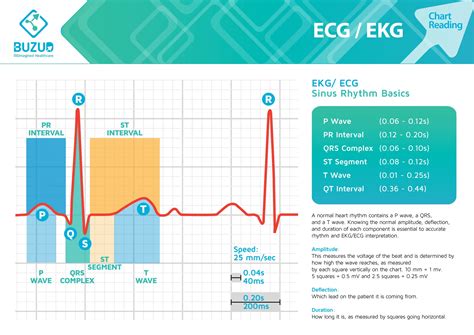
EKG works by capturing the electrical signals produced by the heart as it beats. These signals are generated by the electrical conduction system of the heart, which coordinates the contraction and relaxation of the heart muscle. The process begins with the sinoatrial node, often referred to as the heart's natural pacemaker, which initiates the electrical impulse. This impulse then travels through the atria, causing them to contract, and continues to the ventricles, prompting them to contract and pump blood out of the heart.
The electrodes placed on the skin for an EKG test detect these electrical impulses and transmit them to the EKG machine. The machine then amplifies and records these signals, displaying them as a series of waves on a monitor or printed on paper. Each part of the waveform corresponds to a specific part of the heartbeat, providing detailed information about the heart's electrical activity. For instance, the P wave represents the electrical signal as it passes through the atria, the QRS complex marks the signal as it passes through the ventricles, and the T wave signifies the ventricles' recovery period.
Understanding EKG Readings
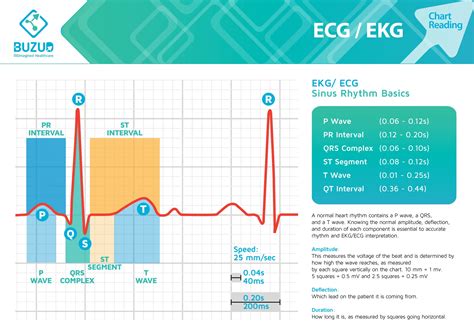
Understanding EKG readings requires knowledge of the normal patterns and variations that can indicate different conditions. A normal EKG reading shows a consistent heart rate and rhythm, with clear, well-defined waves. Any deviation from this norm can signal a potential issue, such as an irregular heartbeat, which might be due to a problem with the heart's electrical system or structural issues like a heart attack.
Healthcare professionals analyze EKG readings by looking at the rate, rhythm, axis, and morphology of the heart's electrical activity. The heart rate, for example, is calculated by measuring the time between QRS complexes, while the rhythm is assessed by examining the pattern of these complexes. The axis refers to the direction in which the electrical impulse travels through the heart, and morphology involves the shape and size of the waves, which can indicate the presence of conditions like bundle branch blocks.
Benefits of EKG
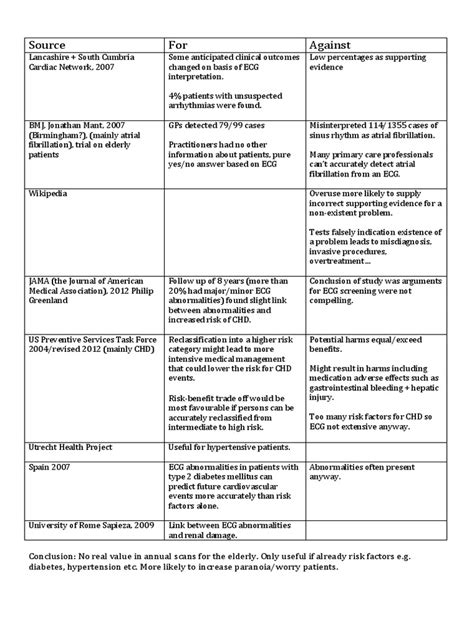
The benefits of EKG are numerous and significant. Firstly, it is a non-invasive and painless procedure, making it a comfortable option for patients. Secondly, EKG provides immediate results, allowing for quick diagnosis and treatment planning. This is particularly crucial in emergency situations where timely intervention can significantly improve outcomes.
EKG is also beneficial for monitoring patients with known heart conditions, helping to assess the effectiveness of treatments and detect any changes in the heart's electrical activity. Furthermore, EKG can be used to screen for heart conditions in asymptomatic individuals, especially those with risk factors for cardiovascular disease. This proactive approach can lead to early detection and management of heart diseases, potentially preventing serious complications.
Common Applications of EKG
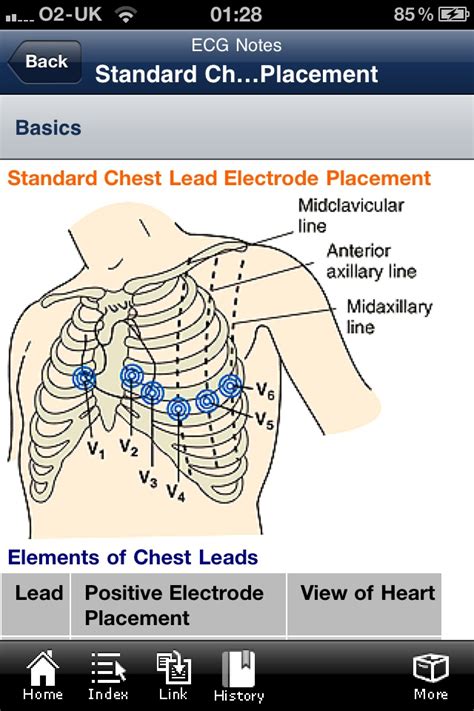
EKG has a wide range of applications in clinical practice. It is commonly used in the diagnosis of arrhythmias, such as atrial fibrillation and ventricular tachycardia. EKG is also essential in the assessment of patients with symptoms of heart disease, including chest pain, shortness of breath, and palpitations. Additionally, it plays a critical role in the monitoring of patients undergoing surgery, as it can quickly detect any cardiac complications.
In the realm of sports medicine, EKG is used to evaluate the cardiac health of athletes, particularly those involved in high-intensity sports, to identify any potential risks associated with physical exertion. EKG is also a vital tool in research, contributing to the understanding of heart diseases and the development of new treatments.
EKG vs. Other Diagnostic Tests
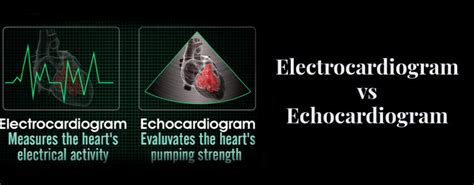
When comparing EKG to other diagnostic tests, such as echocardiography and cardiac MRI, it's essential to consider the specific advantages and limitations of each. EKG is unique in its ability to provide real-time information about the heart's electrical activity, making it invaluable for detecting arrhythmias and monitoring cardiac function during procedures.
Echocardiography, on the other hand, offers detailed images of the heart's structure and function, allowing for the assessment of heart valves, chambers, and the detection of conditions like heart failure. Cardiac MRI provides high-resolution images of the heart and its blood vessels, useful for diagnosing coronary artery disease and evaluating the heart's structure and function.
Limitations of EKG
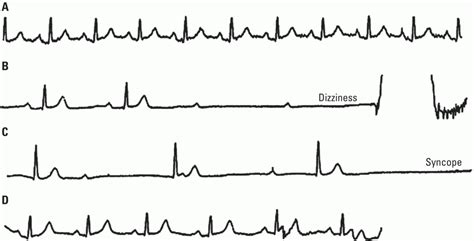
While EKG is a powerful diagnostic tool, it has its limitations. One of the primary limitations is its inability to detect all types of heart diseases, particularly those that do not affect the heart's electrical activity. For instance, EKG may not identify conditions like coronary artery disease unless they are causing significant damage to the heart muscle.
Another limitation of EKG is the potential for false positives or false negatives, which can occur due to various factors, including electrode placement, patient movement, and the presence of certain medications. Furthermore, EKG readings can be influenced by external factors such as electrical interference from nearby devices, which can affect the accuracy of the results.
Future of EKG Technology
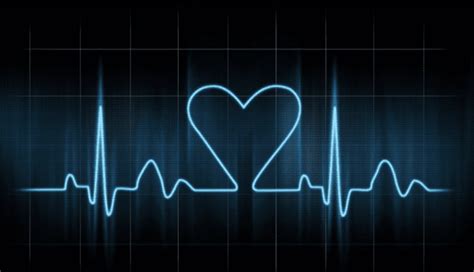
The future of EKG technology is promising, with advancements aimed at improving the accuracy, accessibility, and user experience of EKG devices. One area of development is in the creation of portable, wearable EKG devices that can monitor heart activity continuously over extended periods. These devices have the potential to revolutionize the diagnosis and management of heart conditions by providing real-time data and enabling early intervention.
Another area of innovation is in the use of artificial intelligence (AI) and machine learning (ML) to analyze EKG readings. AI-powered algorithms can quickly process large amounts of data, identify patterns that may not be apparent to human interpreters, and provide immediate feedback on the presence of abnormalities. This technology has the potential to enhance the diagnostic capability of EKG, reduce the workload of healthcare professionals, and improve patient outcomes.
Impact of EKG on Patient Care
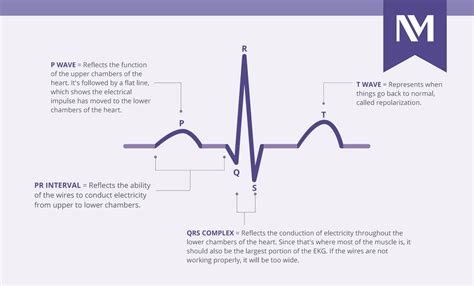
The impact of EKG on patient care is profound. By providing immediate and accurate information about the heart's electrical activity, EKG enables healthcare professionals to make informed decisions about patient treatment. This can lead to improved outcomes, reduced morbidity, and enhanced quality of life for patients with heart conditions.
Moreover, the use of EKG in preventive care can help identify individuals at risk of heart disease, allowing for early intervention and potentially preventing serious complications. The role of EKG in monitoring patients with known heart conditions also ensures that any changes in their condition are quickly detected and addressed, optimizing their management and care.
What is an EKG used for?
+An EKG, or electrocardiogram, is used to measure the electrical activity of the heart, helping to diagnose and monitor various heart conditions, including arrhythmias, coronary artery disease, and heart valve problems.
How does an EKG work?
+An EKG works by capturing the electrical signals produced by the heart as it beats, using electrodes placed on the skin to transmit these signals to a device that interprets and displays them as a waveform.
What are the benefits of EKG?
+The benefits of EKG include its non-invasive nature, immediate results, and the valuable insights it provides into heart function, making it an indispensable tool for diagnosing and monitoring heart conditions.
In conclusion, as we reflect on the significance and applications of EKG in modern healthcare, it's clear that this diagnostic tool plays a vital role in the management of heart diseases. By understanding how EKG works, its benefits, and its limitations, healthcare professionals can harness its potential to improve patient care and outcomes. As technology continues to evolve, the future of EKG holds much promise, with advancements in portability, AI analysis, and accessibility set to further enhance its diagnostic capabilities. We invite readers to share their thoughts on the importance of EKG in healthcare and to explore how this technology can be leveraged to promote heart health and prevent cardiovascular diseases.
